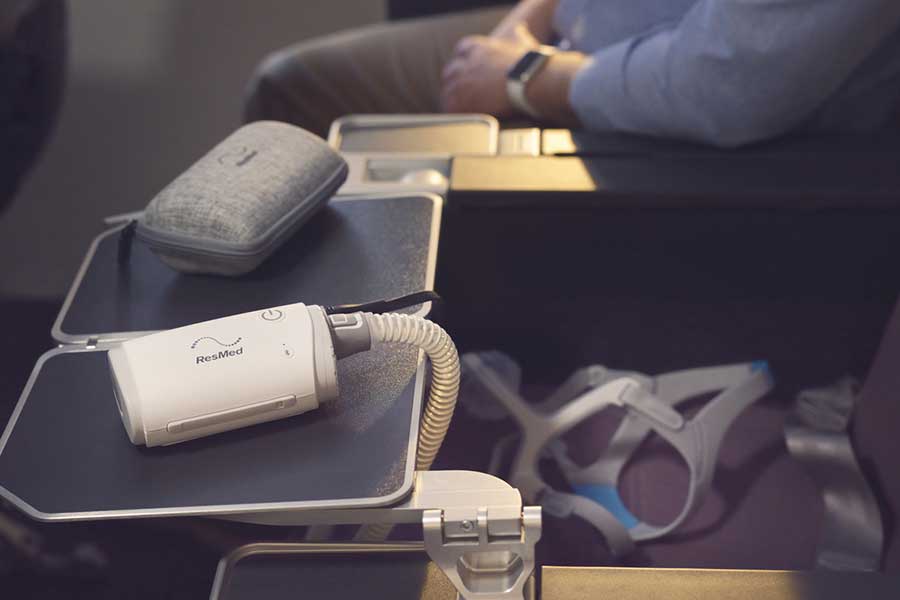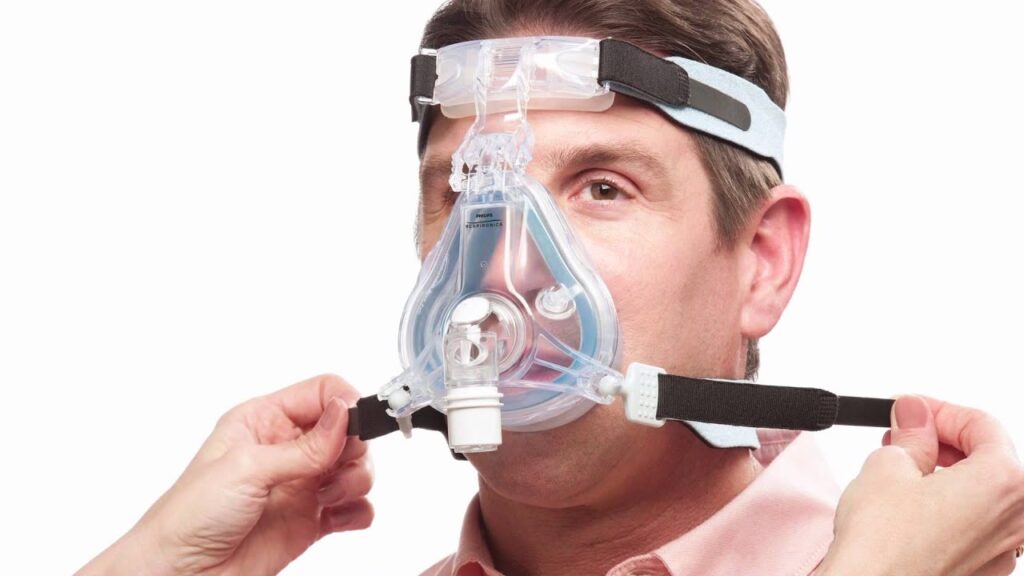You want to make your CPAP mask regimen easier. Go on reading.
Try It First Before Bed
You must breathe differently while using CPAP masks than you usually do normally. You should keep your lips shut and exhale a little more forcefully than normal while using a cpap mask. The primary obstacle that new CPAP users must overcome is learning this new pattern.
To get adjusted to this new routine, we advise going to bed an hour earlier during your first week with the gadget while watching TV or listening to anything. Distracting yourself by watching or listening to anything will allow your body to adapt on its own.
Use a CPAP machine that is quiet.
In the 1980s, CPAP devices were developed. They developed a bit of a reputation for being boisterous in the years that followed. However, today’s examination does not actually support this reputation. There are several CPAP machine examples that have addressed this issue.
With today’s amazing technology, it seems reasonable that the medical community would find a solution to such a clear and pervasive issue.
Put on a mask and diffuser.
CPAP users often place too much emphasis on the machine that is best for them and too little on the mask that feels most comfortable. That is a serious error. Recall the complaints FAQ from earlier? With the right mask, most issues that people complain about may be remedied. There are several variations of this.
The ideal CPAP masks for those who desire the quietest experience possible are those with diffusers. One of the quietest CPAP masks on the market, the nasal Mask, has garnered honors.

Ensure the mask fits before purchasing it
Different sizes are present in people. The CPAP mask you choose should fit your face. This may be a little difficult to locate since shops seldom let you put the mask on before buying. However, investing in the best mask is perhaps the single most crucial thing you can do to make your bedtime ritual more comfortable. Here, we provide CPAP masks a 30-day trial period so you can easily discover the one that fits you best.
Asking your doctor to fit you with a few different alternatives before you leave their clinic is an additional choice. The choices you have for mask type are listed in the advice below.
Instead of using a full face mask, use a nasal pillow.
In general, smaller CPAP masks are preferred than bigger ones. The three different CPAP mask types are, in order of size, as follows:
Full-face
Your lips and nose are covered by this mask. Despite being the most effective kind, it might be painful depending on how you move at night and how sensitive you are to discomfort when sleeping. Additionally, there is a greater chance of air leakage.
Nose mask
There is the maximum movement with this kind of mask. It simply covers the nose and is advised for side sleepers, however unlike a nasal pillow, it also partially covers your face. However, it may not function as effectively when there is congestion.
Think About Your Face Hair
Do you sport a beard? You don’t feel like quitting.
This can need you to search more carefully while purchasing CPAP equipment. There are CPAP masks built specifically for people with beards that will not suit you since they are not a one-size-fits-all item. The president of the Board of Registered Polysomnographic Technologists (BRPT), Daniel D. Lane, RPSGT, CCSH, advises working your way up in mask size until you find something that feels comfortable.
Check out our variety of CPAP equipment on our website that is suitable for beards rather than sifting through many lists of CPAP products that won’t work for them.

Select the Correct Size
The CPAP mask you choose is the most crucial first decision when beginning CPAP treatment. It will often be one of four types:
- Nasal cushions (plastic inserts that fit inside the nostrils)
- Nasal device (fitting over the nose)
- A total-face mask, which covers the mouth and nostrils (covering the entire face)
The likelihood that a mark will be left on your face depends on how much of your face the mask contacts.
The straightforward rule is that your likelihood of developing morning creases decreases with the size of the surface area rubbing on your skin.
Improve the Fit
Once you’ve decided on the ideal size, double-check that it fits correctly. Keep in mind that a tighter mask will leave more traces on your face. Not that it’s always feasible to do this. Higher pressures often call for tighter CPAP masks, which typically result in additional wrinkles, lines, and markings.
Bilevel treatment may be helpful in lowering total air pressure by controlling inhalations and exhalations but finding a mask that fits securely without moving or gaps is a superior option.
Use liners and padding for CPAP masks.
The straps of many CPAP masks are padded or covered. If you detect marks on your face in the morning, utilize these. You may have a few more alternatives if you think the mask needs a bit extra cushioning between it and your face.
Our liners are a soft cloth lining that helps lessen stains and allergic responses to plastic. Another well-liked choice is Silent Night liners. A variety of liners, strap pads, and anti-leak mask stabilizers are produced by PAD A CHEEK.
Others are long-lasting and even washable, while others are disposable. The design and size of your mask may even be accommodated by certain online solutions.
Consider using nasal pads or nasal cushions if the issue is at the nasal bridge. Instead of nasal pillows, CPAP masks work best for each of these.
Conclusion
For many people, a CPAP machine is essential to leading a regular existence. The ideal CPAP mask will invigorate your daily routine. You will feel refreshed and your mornings will be filled with vitality, clarity, and wellness. However, when you first start out, it is simple to make blunders.
Other resources:
Important CPAP machine tips to take note of
Popular CPAP masks for sleep apnea you can find in Australia

